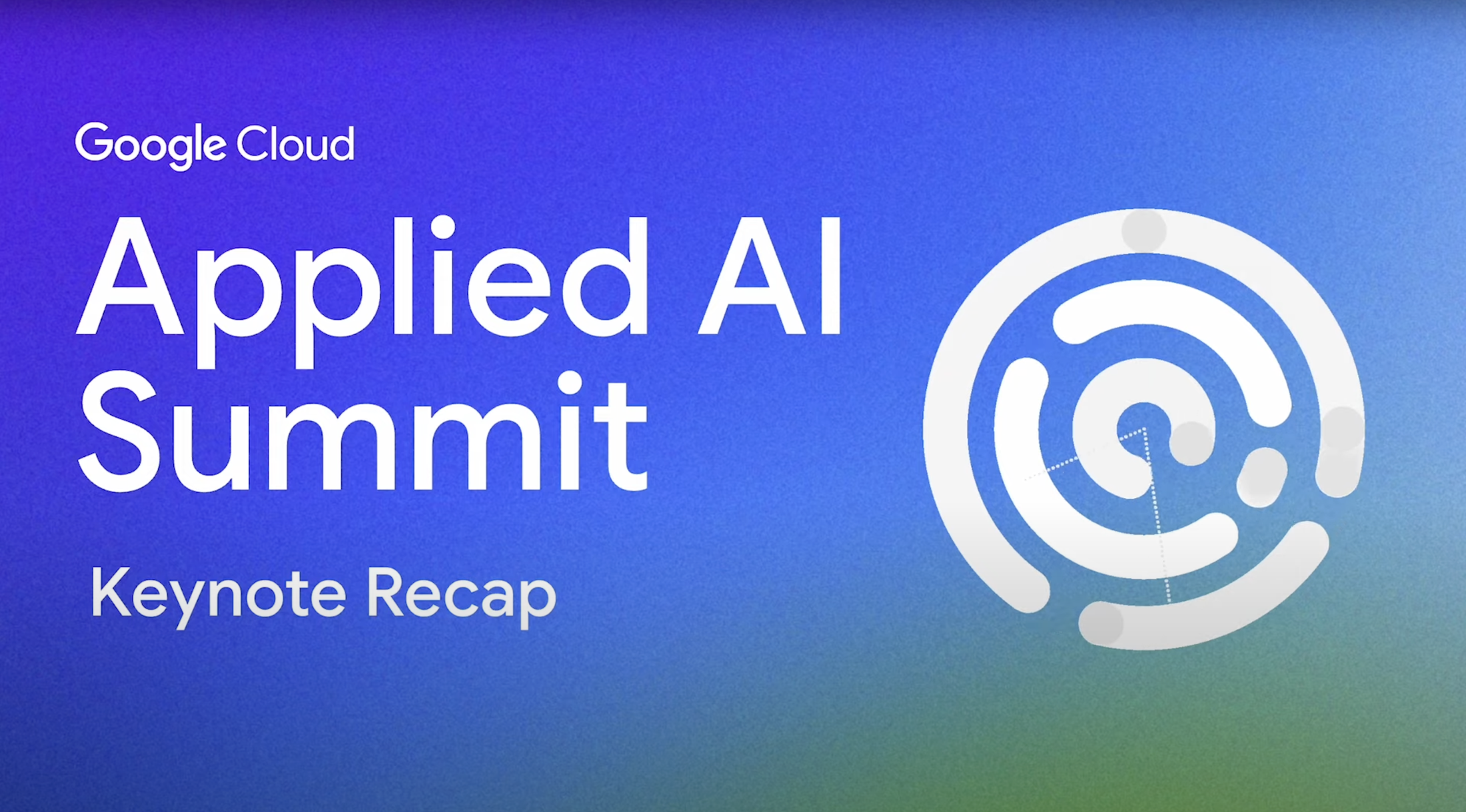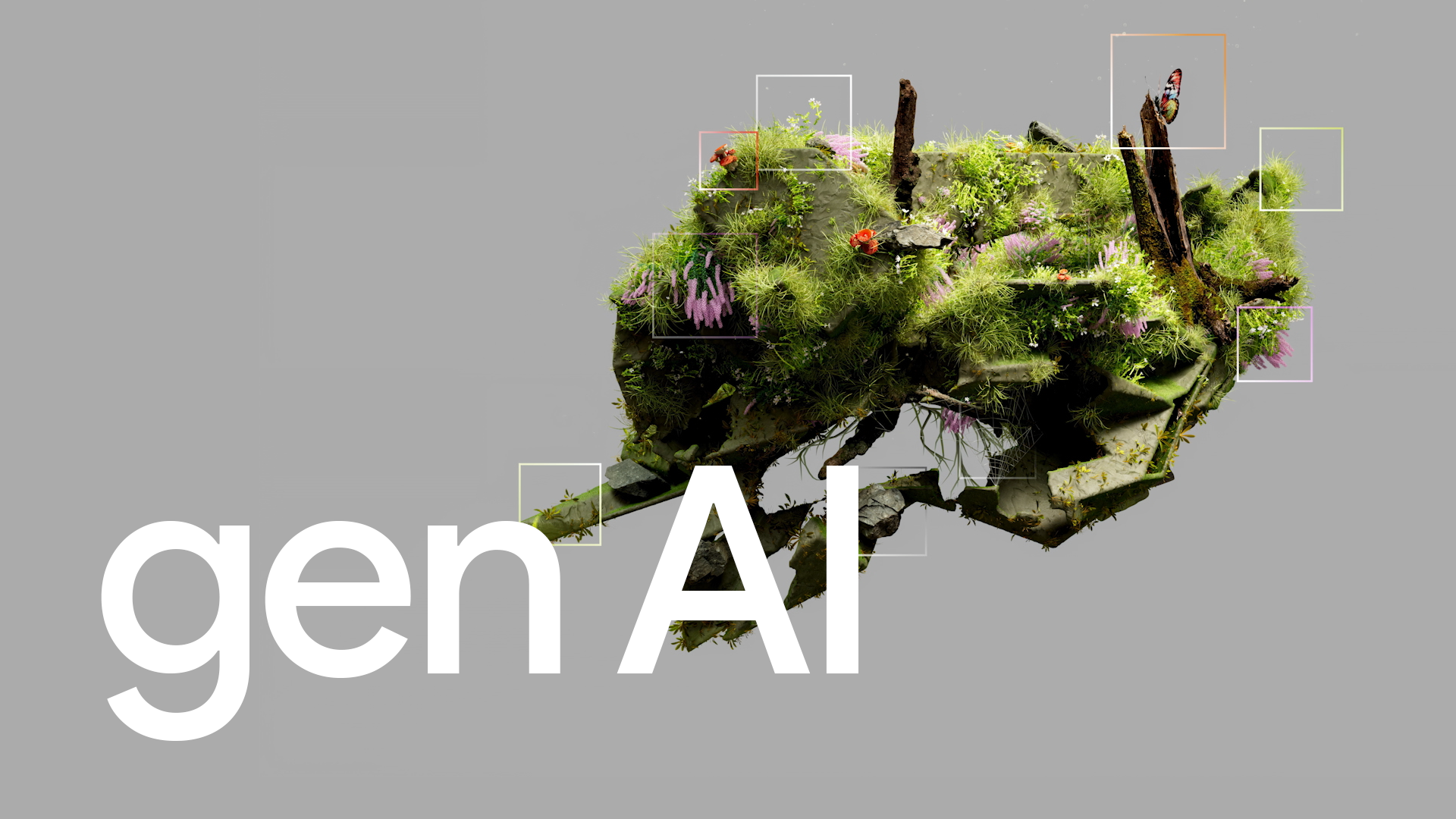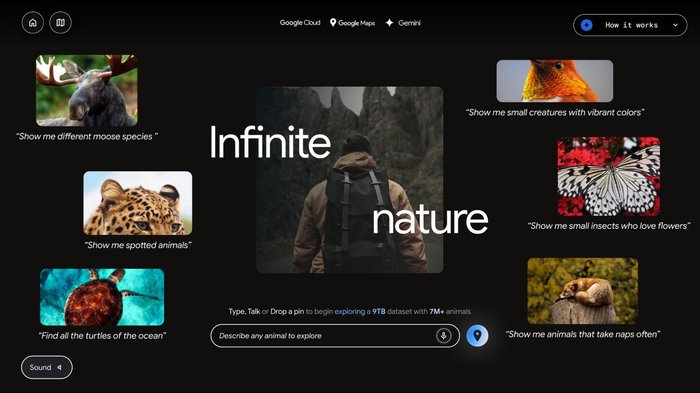Five ways your data can thrive with generative AI in 2024

Yasmeen Ahmad
Managing Director Strategy & Outbound PM, Data & Analytics
Your data needs AI, and your AI needs data. Here's how to get organized and make the most of both this year.
AI has been around for decades, from handwriting recognition to image editing and video processing. However, generative AI represents a significant advancement in the field, capable of not only analyzing data or editing documents but also generating entirely new content, including text, images, music, and even code.
Many have described gen AI as bigger than the advent of mobile phones or even the internet. And based on adoption cycles, some predict that gen AI could be ubiquitous in every household within three years.
Yet AI can only do so much without the right data. It is the foundation on which all these other great advances are built. At the same time, there are smart ways that gen AI can now help manage data sources that have historically been quite unwieldy.
As data, analytics, and AI now evolve to include generative AI, here are five ways to embrace gen AI with your business data to make the most of each opportunity.
1. Use gen AI to unlock the value of ALL data
Today, only 10 percent of enterprise data is accessible. To put this in context, the average enterprise generates around 100 petabytes of data, but can only access 1 petabyte of it (i.e., structured data). However, with the rise of large language models (LLMs), we now have capabilities, such as summarization, classification, sentiment extraction, translation, and anomaly detection, which make it possible to extract insights from all data — even unstructured data.
Most companies won’t have to train LLMs from the ground up. There are already a growing number of pretrained LLM models, such as Google’s planet-scale sized PaLM model, and soon to be broadly available multimodal Gemini model, as well as a thriving ecosystem of third-party models, hosted by Hugging Face, Anthropic, Cohere, and others. However, it’s not enough to just apply LLMs to data — these models need to be grounded in reality; otherwise, we risk hallucinations. It will fall to organizations to fine-tune models and ensure they are grounded in business reality using their own enterprise data.

Highlights from our Applied AI Summit keynote.
Unfortunately, despite the big investments in modern data stacks, data foundations remain messy, making it difficult for organizations to access the data needed to train LLMs or fine-tune LLM models. As a result, gen AI is motivating companies to address their data silos across clouds. Having a unified data view for everyone and ensuring data quality will be critical for future gen AI success.
Governance is no longer a bolt-on solution; lineage, quality, and data profiling all must be built into your data foundation. At Google Cloud, we are committed to helping power the next generation of innovation with our best-in-class data foundation: BigQuery, including BigLake for unified data, Omni to enable cross-cloud data processing and connectivity, and Dataplex for built-in governance.
2. Activate LLMs with semantics that drive understanding and learning
The most common form of gen AI application has been creating sophisticated chatbots. Walmart's My Assistant is designed to enhance employee productivity, Mayo Clinic’s Enterprise Search helps medical professionals quickly access patient data, and Morgan Stanley’s Assistant supports financial advisors, freeing up time to serve clients. By next year, 20 percent of companies are expected to integrate voice-enabled interfaces with their dashboards and systems.
Imagine what your organization could do if you could chat with your business data. Historically, we relied on data analysts to run queries and build dashboards that had to be translated by business users. Over time, businesses have racked up hundreds, even thousands, of custom dashboards and metrics have stacked up; yet metrics are more misaligned than ever before. However, solving this problem — even with gen AI — is not so easy.
Businesses use different business terminology with different meanings. For example, what does customer retention actually mean? If I ask for sales over the last year, is it the fiscal year or calendar year? Business chatbots must be able to correctly interpret business terms and all of their nuances.
At Google Cloud, we believe the solution lies in semantics and context-aware chat capabilities. The chatbots of the future will rely on semantics over data and Retrieval Augmented Generation (RAG) techniques to enhance conversations with context of usage histories and metadata. As we evolve our technologies for cloud BI with Looker and semantics with LookML, we are building new data experiences based on conversational gen AI to transform access to business insights.
3. Return “think time” to the human workforce with gen AI
Traditional data, analytics, and AI was centered around specific business functions like marketing, customer service, and finance. While gen AI will accelerate these functions, it will also open up new possibilities for business functions that previously had limited use of data, analytics or AI, such as HR, legal, and office administration. Brainstorming, processing documents, scheduling work, and organizing and planning — these are just some of the work activities expected to be most impacted by AI in the next three years.
With various economic and global pressures, accelerated digitalization, and increasingly competitive landscapes to contend with today, many companies are struggling to “do more with less.” Gen AI may be the technology that finally unlocks the full potential of productivity, once and for all.
By augmenting human capabilities, gen AI is set to take over monotonous and repetitive tasks, leaving human capacity for true creativity and innovation — think better experts, better problem solvers, and better thinkers! In the past, we used to think productivity meant doing more tasks. In the modern era of gen AI, it will be about bigger achievements, bigger outcomes, new solutions and real innovation.
Many companies are struggling to “do more with less.” Gen AI may be the technology that finally unlocks the full potential of productivity, once and for all.
4. Activate AI at scale with automation
AI adoption in the enterprise will surge in the coming years. Gartner predicts that “by 2026, more than 80% of enterprises will have used gen AI via APIs or models, or deployed gen AI-enabled applications in production environments, up from less than 5% in 2023.” Building a chatbot, though, won’t be nearly enough.
True gen AI adoption will require infusing gen AI into fundamental business processes. We expect to see a new combination of technologies — automation and gen AI — to emerge to meet this growing need, enabling companies to achieve true transformation, efficiency and scale. At Google Cloud, we are building “Intelligent Agents” designed to reason, make decisions, pick the right tools for the right tasks, and learn and adapt as environments change.
However, automation doesn’t come without risks.
Without guardrails, AI has the potential to be harmful to businesses and society alike. To combat this risk, we expect more regulation, oversight, and calls for transparency from business leaders and governments. In the EU, for instance, regulators have already proposed an AI Act implementing stricter oversight and banning certain use cases, such as biometric screening and predictive policing systems.

Leading enterprises are using generative AI to transform their business.
5. Think differently about your talent and skills
Talent in any data transformation has always been highlighted as an obstacle. However, tens of thousands of new data people and analysts are entering the workforce every year. So while traditionally trained data and analytics talent is more readily available, gen AI requires new skills to leverage new technology.
Gen AI demands a workforce with diverse skills, hence new roles and responsibilities are emerging to deliver expertise to help deploy, monitor, model, and maintain massive flows of data into and out of gen AI systems. Roles being discussed include:
- AI engineers to curate high quality data, train and fine-tune models, optimize performance
- Prompt engineers to craft effective prompts and leverage feedback loops to enhance LLMs
- AI ethicists who are concerned with investigating bias concerns, setting ethical guidelines, and implementing data privacy and security protocols
- AI optimizers to address concerns around performance, efficiency, and resource utilization
At Google Cloud, we believe these are not all roles that will be filled by humans alone. As we innovate new gen AI technology, we are building offerings that will support these roles and, in some cases, completely absorb these activities.
Opening image created with MidJourney, running on Google Cloud, using the prompt "a flat clever drawing style for a visual metaphor of unstructured data in the form of boxes being organized in a construction site, with cranes and workers."




